Fresno, California, in the 1960s, was a time of transformation for the city. The decade saw significant changes in the city’s social, cultural, and economic landscape. Fresno had a growing population, a thriving agricultural industry, and a strong sense of community, which helped shape the city during this time. This post will explore Fresno in the 1960s and how it contributed to the city’s development.
Population Growth and Urbanization
In the 1960s, Fresno was experiencing rapid population growth, primarily due to the agricultural industry’s expansion. The city’s population increased by almost 50% during the decade, reaching nearly 200,000 residents by the end of the 1960s. As the population grew, so did the city’s infrastructure, and new neighborhoods, shopping centers, and schools were constructed.
The influx of people into the city led to urbanization, and many of Fresno’s rural areas were developed into suburban neighborhoods. The city’s downtown area also saw significant development, with new buildings, offices, and shops being constructed. The Tower District, located just east of downtown Fresno, became a popular area for entertainment, with many restaurants, bars, and theaters opening in the area.
Cultural and Social Changes
The 1960s were a time of significant cultural and social changes, and Fresno was not immune to these shifts. The civil rights movement was gaining momentum across the country, and Fresno was no exception. The city had a significant Latino population, and many residents fought for equal rights and opportunities. The Chicano Movement, which began in the late 1960s, significantly impacted the city, and activists organized protests and demonstrations to bring attention to their cause.
Fresno’s African American community also saw significant changes during the decade. The Civil Rights Act of 1964 prohibited discrimination based on race, color, religion, sex, or national origin, and many African Americans in Fresno began to demand equal treatment and opportunities. The city’s black population grew during the decade, and African Americans became more active in politics and community organizations.
The counterculture movement also made its way to Fresno during the 1960s. The hippie movement, which began in San Francisco, spread throughout California and influenced many young people in Fresno. The city’s college students and young adults embraced the hippie lifestyle, and new music, art, and fashion forms emerged. The Tower District became a popular area for the counterculture movement, and many young people flocked to the area to express their creativity and individuality.
Economic Development
The 1960s were a time of economic growth and development for Fresno. The city’s agricultural industry was booming, and Fresno County was the top agricultural county in the United States during the decade. The city’s farmers grew various crops, including cotton, grapes, citrus, and almonds. The agricultural industry provided many jobs for the city’s residents, and the industry’s growth contributed to the city’s economic success.
The city’s location also made it an ideal transportation hub, and Fresno was a significant stop on the railroad line between San Francisco and Los Angeles. The city’s airport also saw considerable development during the decade, and new airlines began offering flights to and from Fresno. These developments helped to make Fresno a major economic center in California’s Central Valley.




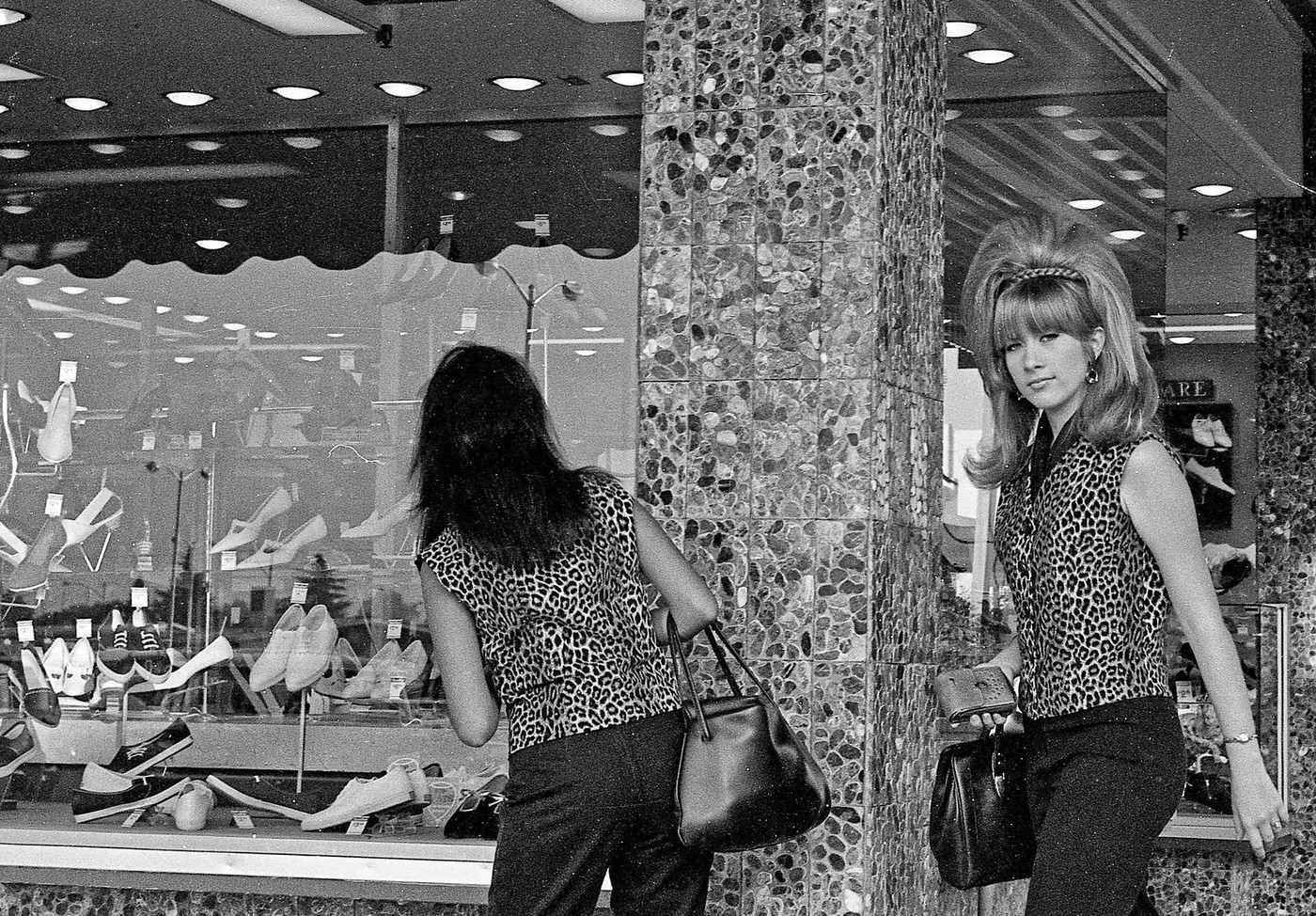
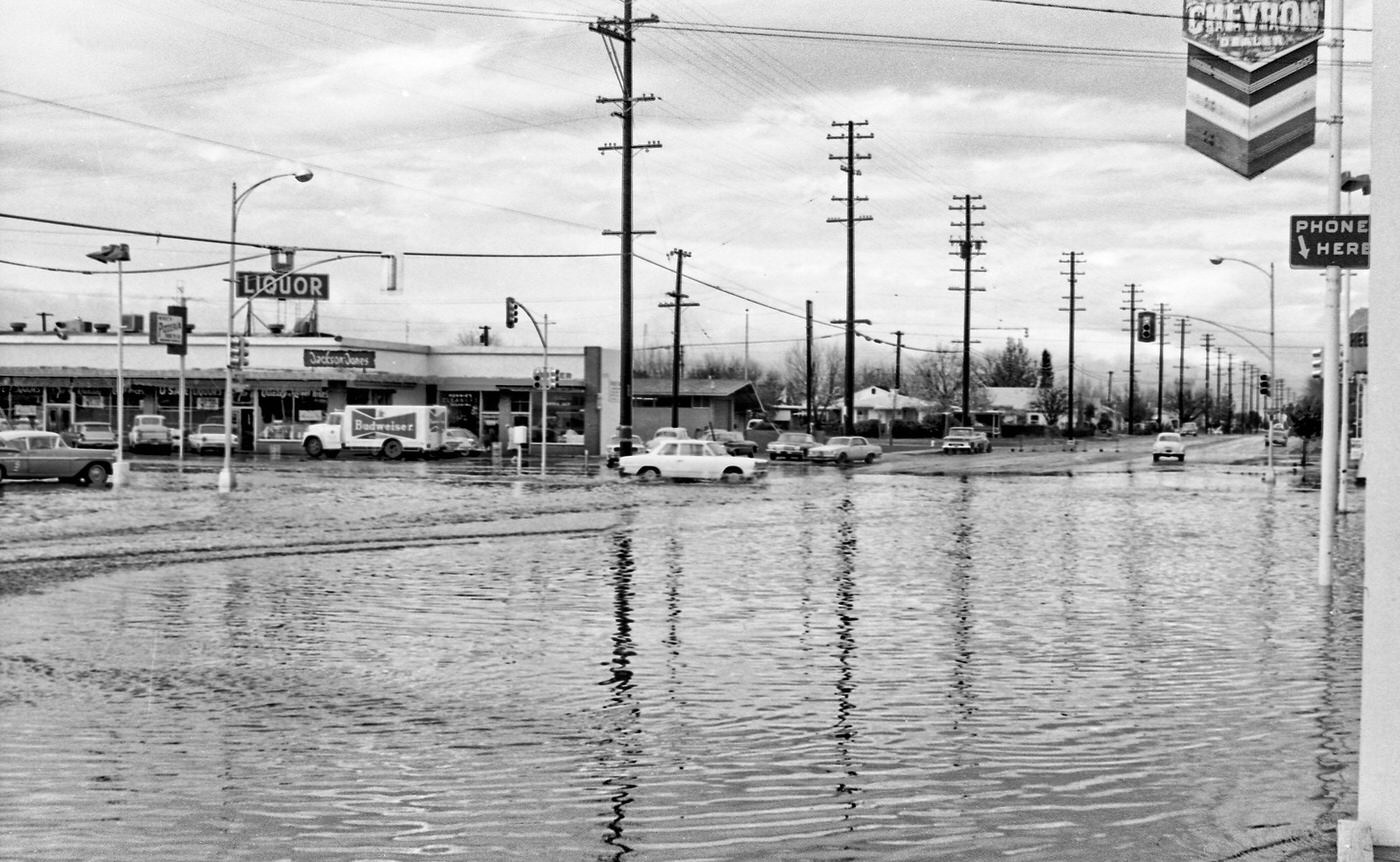



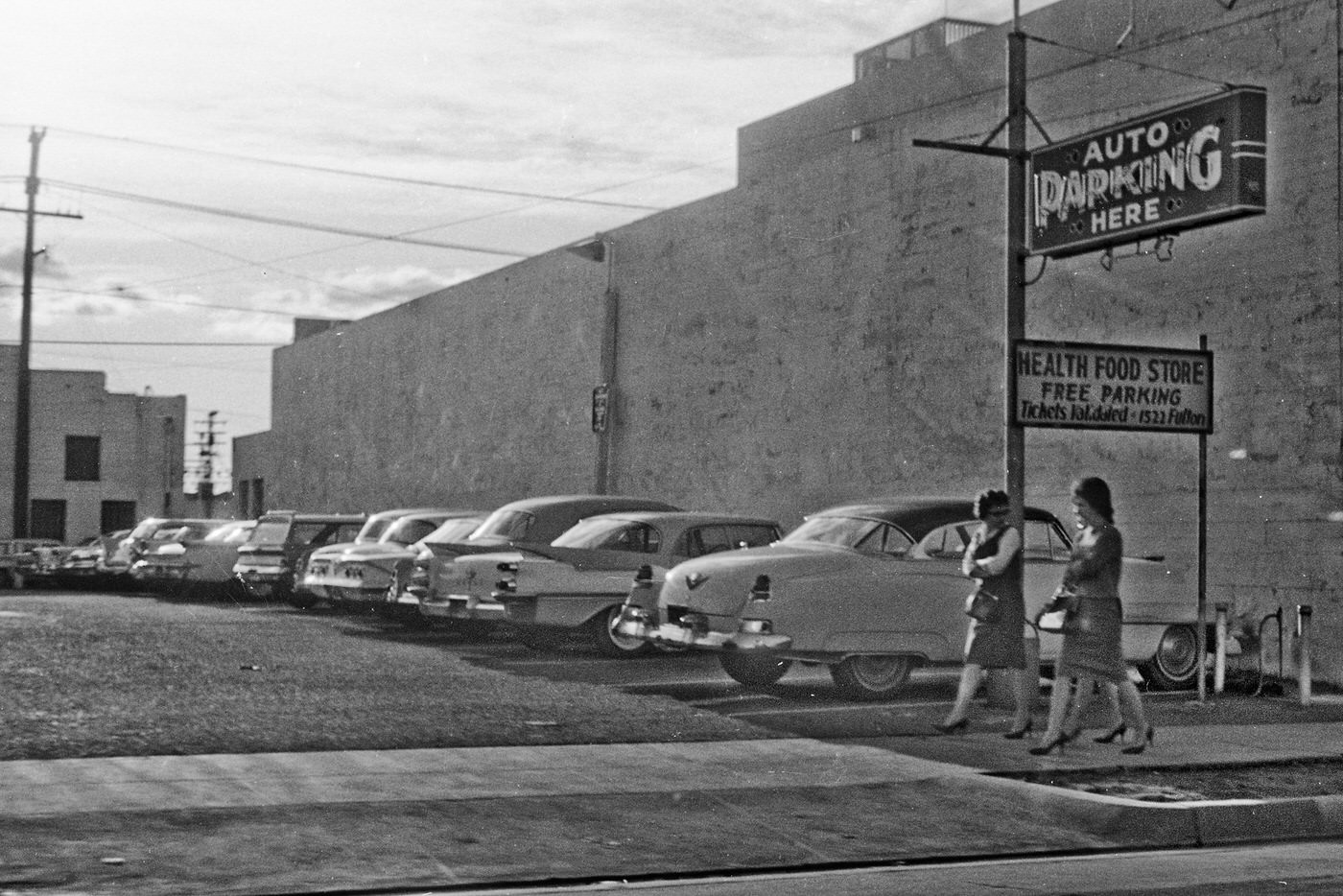





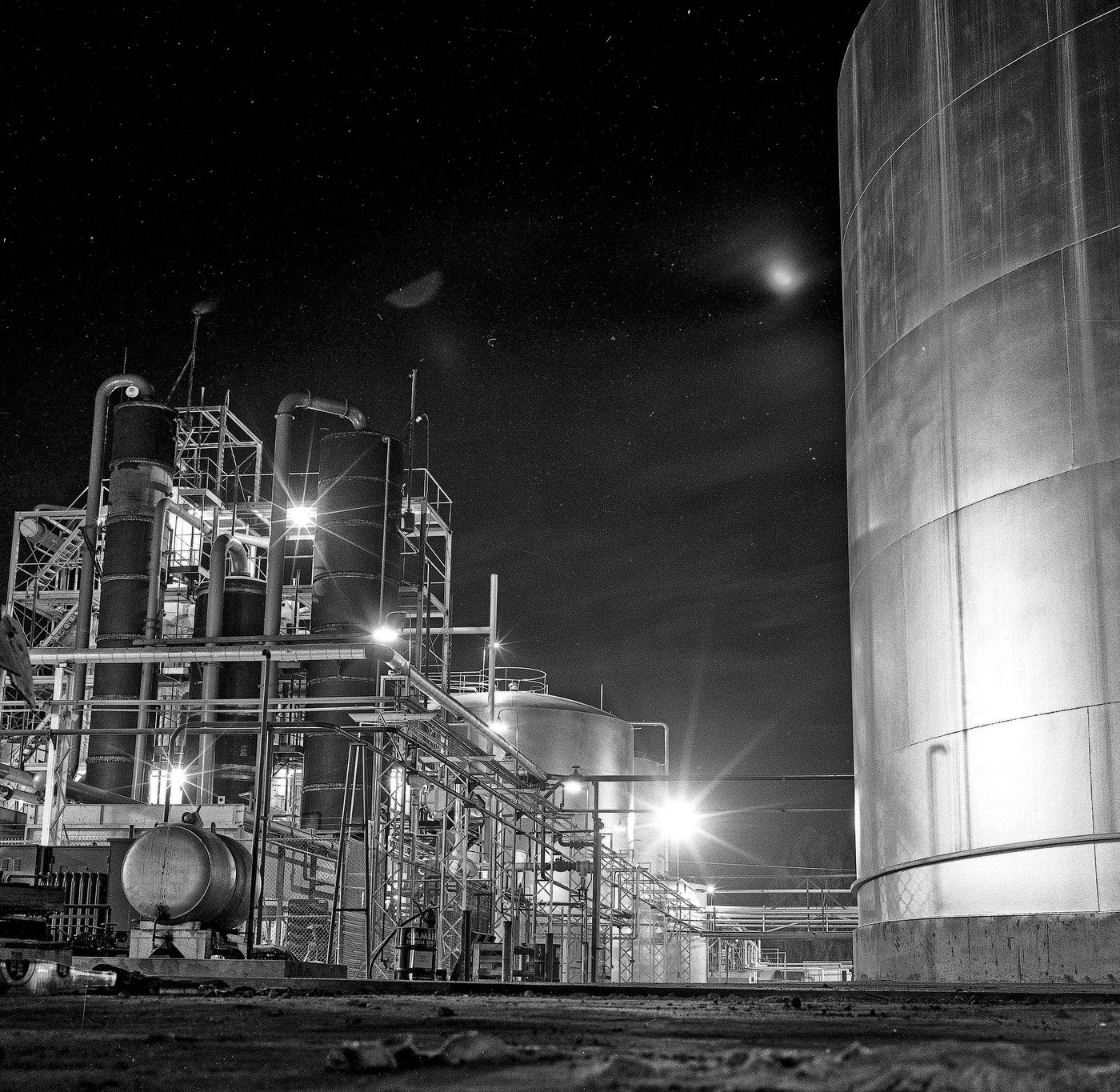






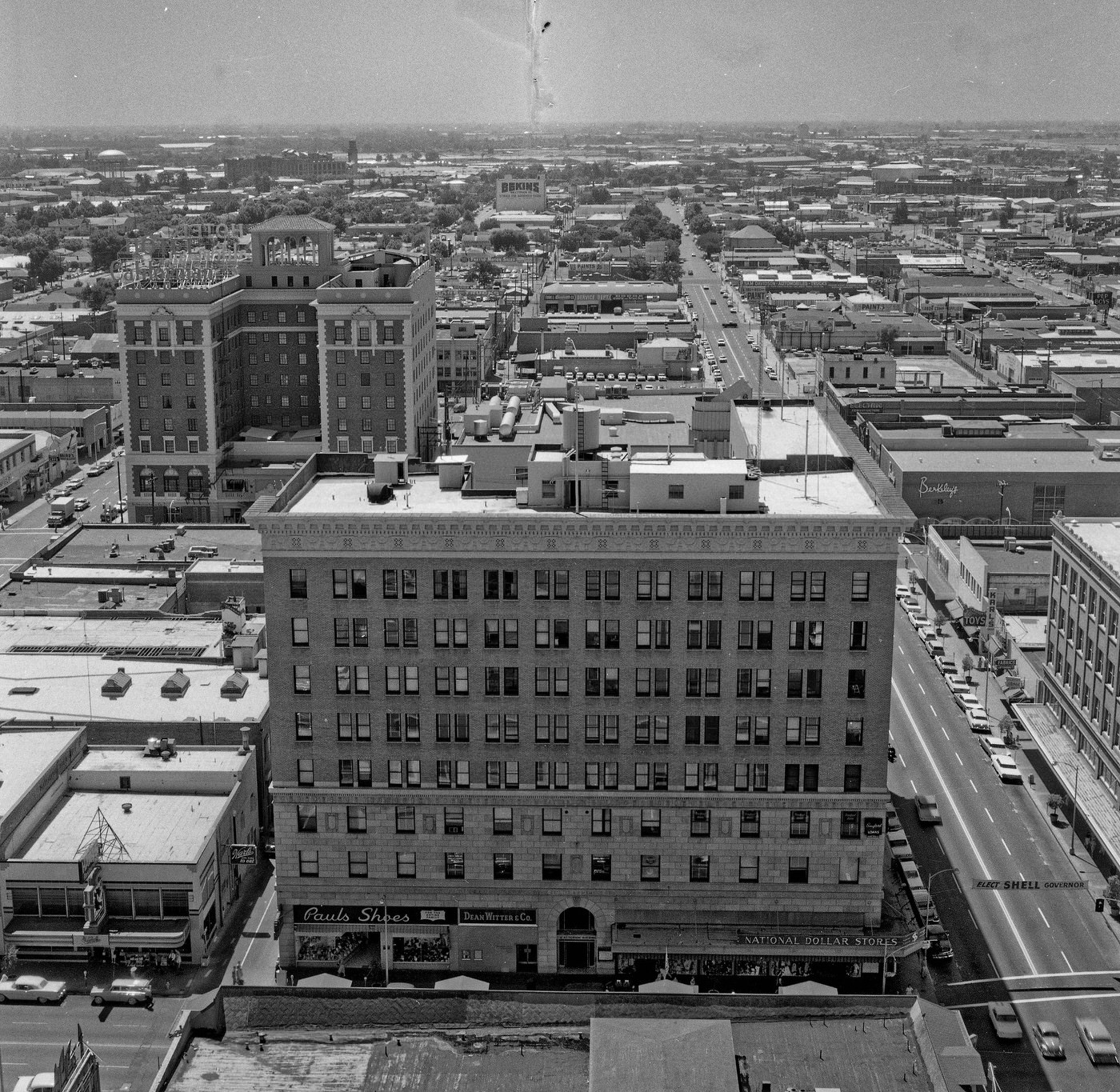






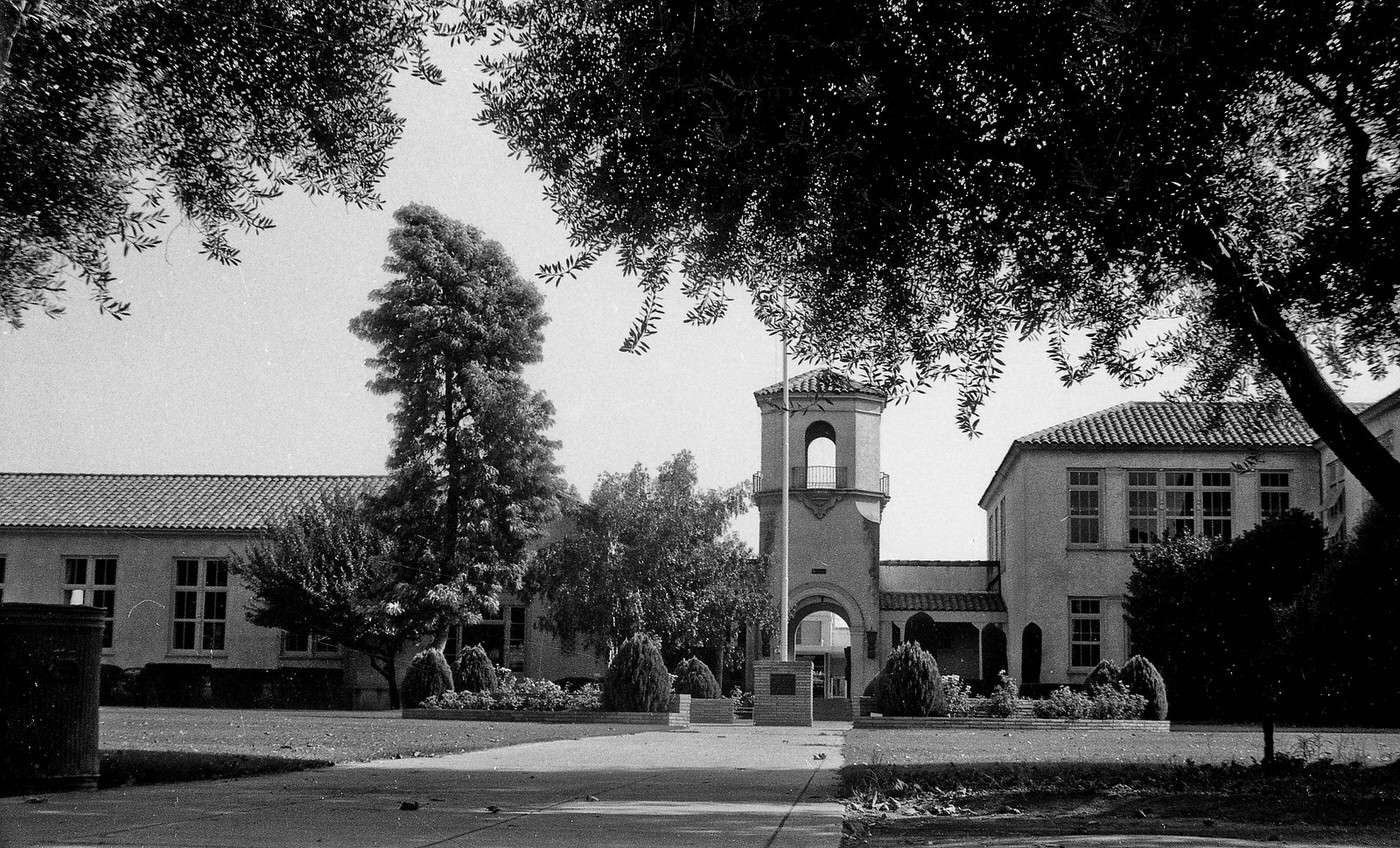


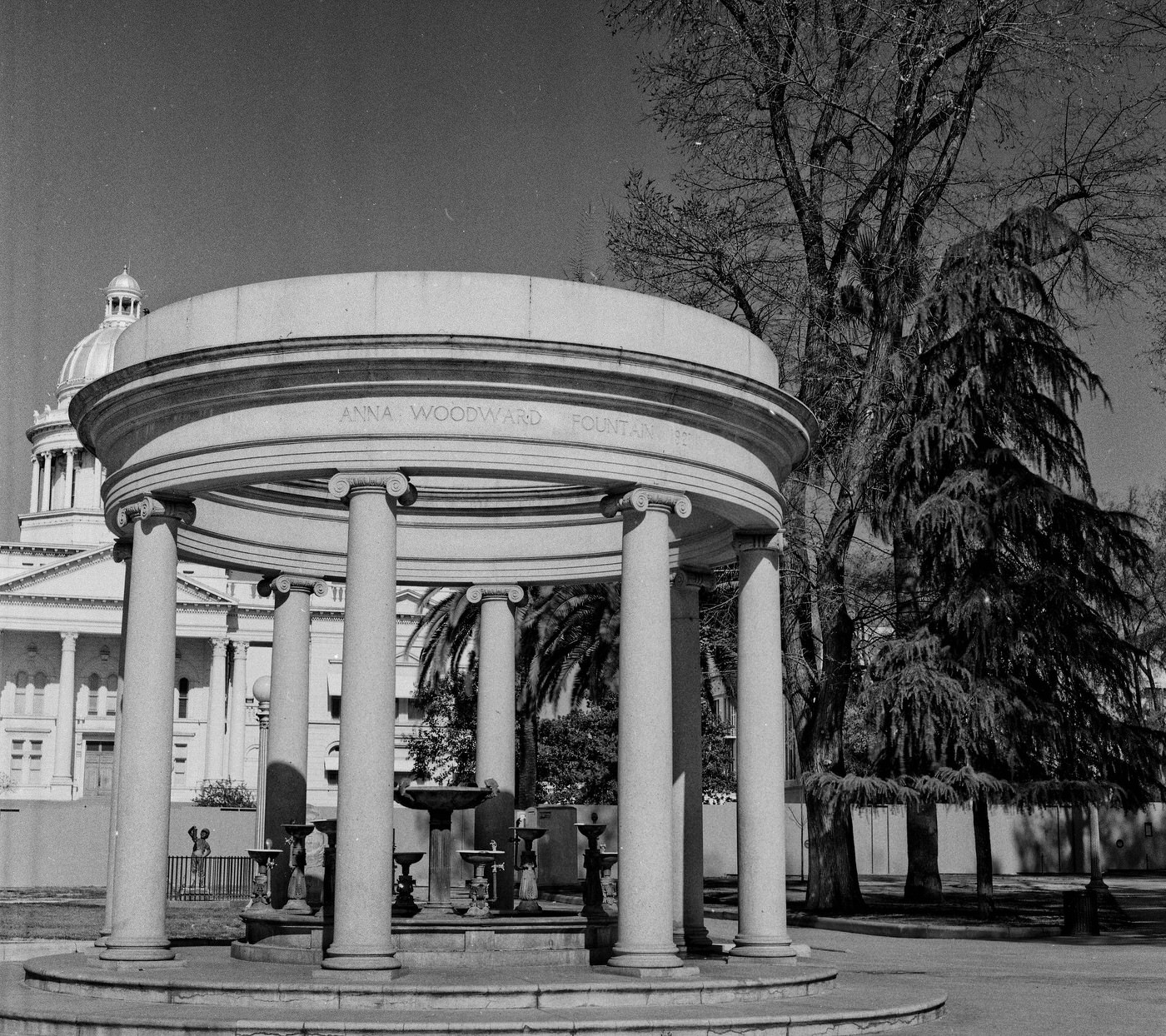


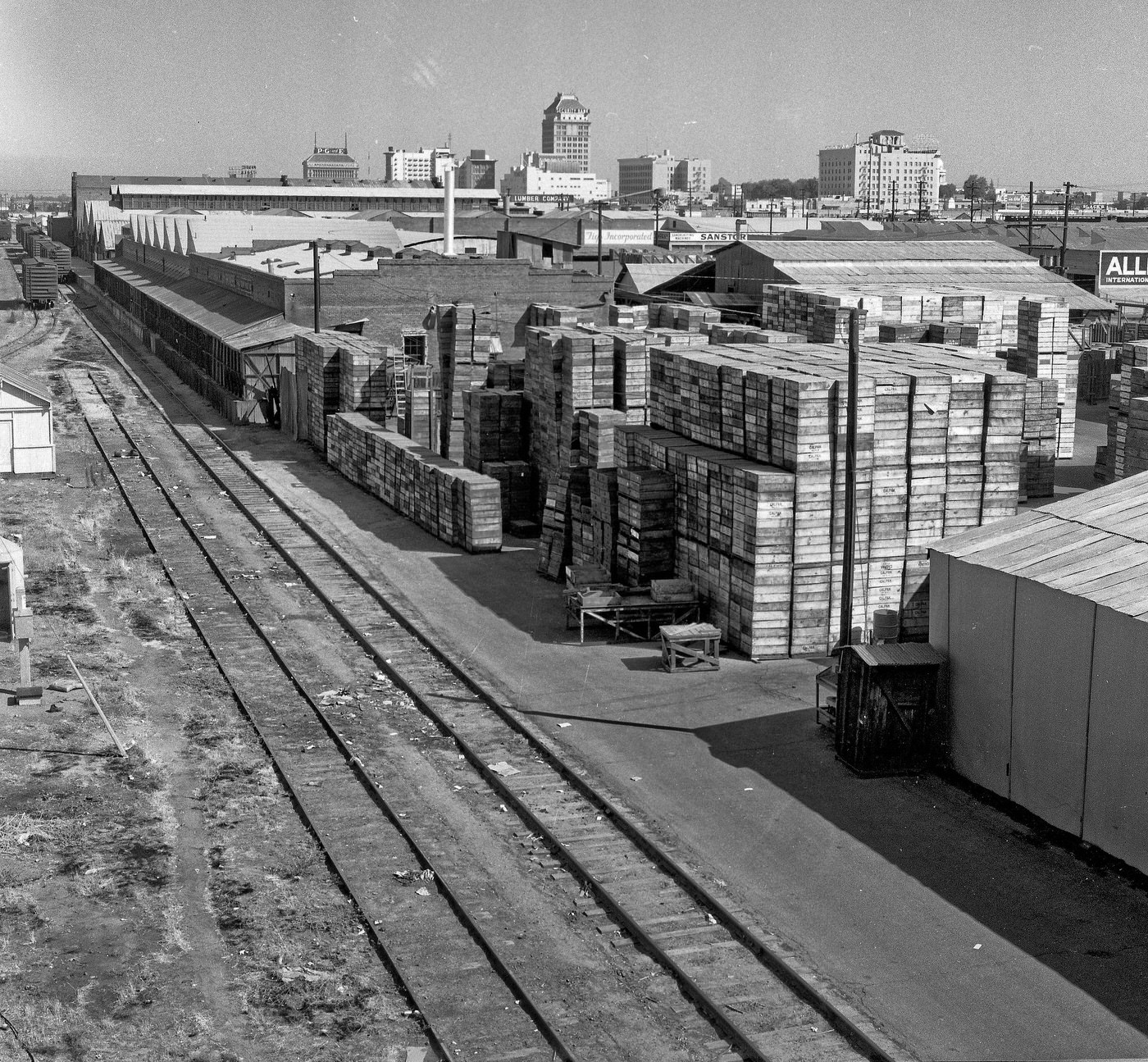


















Looks a lot nicer and friendlier than today. Would trade all of the gang violence, drug addicts and homeless for a nicer town
lol
What a great collection!